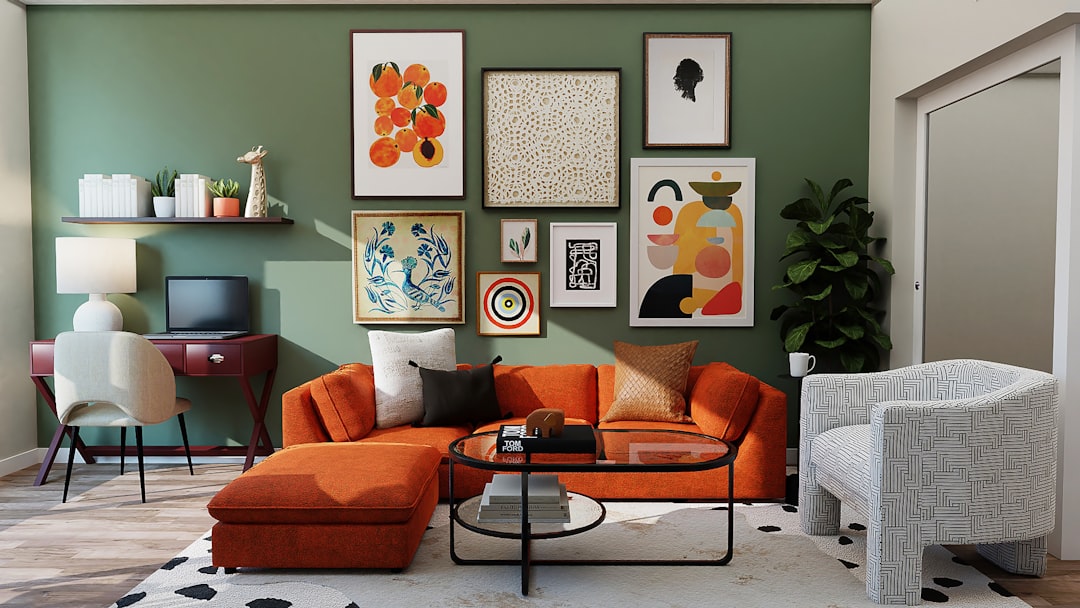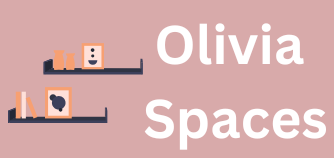
Have you ever walked into a room and felt an immediate sense of calm or, conversely, a rush of anxiety? It’s fascinating how the colors, textures, and layouts in our homes can significantly impact our emotional state. Today, we’re diving into the psychology of home decor, exploring how you can design your space to boost your mood, increase productivity, and create a haven for relaxation.
Let’s start with color. Colors evoke emotions and can drastically influence how we feel in a space. For instance, soft blues and greens are known for their calming effects, making them ideal choices for bedrooms or home offices where tranquility is key. Conversely, vibrant yellows and oranges can stimulate energy and creativity, perfect for areas where you want to feel inspired, such as a creative workspace or an art studio. Choosing the right colors for each room can create a harmonious flow throughout your home.
Next up is layout. The arrangement of furniture can impact how we move through and interact with a space. Open layouts often promote social interaction and flow, while more segmented areas can provide comfort and intimacy. Think about how you want to use each space. If you’re looking to encourage conversation in your living room, arrange your seating in a circle or semicircle to invite dialogue. Alternatively, if you want a quiet reading nook, create a cozy corner with a comfy chair, good lighting, and a small bookshelf.
Textures also play a crucial role in how we experience our homes. A mix of textures can create a rich, inviting environment. For example, combining soft fabrics like plush cushions with harder materials like wooden furniture or metallic accents can create balance. Additionally, incorporating natural elements such as plants or wooden accents can ground your space and foster a connection with nature, which has been shown to reduce stress levels.
Lighting is another essential factor in home decor that directly affects our mood. Natural light can enhance happiness and energy levels, so consider maximizing windows or adding mirrors to reflect light. When it comes to artificial lighting, think about the atmosphere you want to create. Warm, dim lights are perfect for relaxation, while bright, white lights are ideal for task-oriented spaces. A well-lit home not only improves functionality but also lifts spirits.
The personal touch is vital in home decor. Surrounding yourself with items that spark joy, whether it’s photographs, souvenirs from travels, or art that resonates with you, can foster a sense of belonging and happiness. Curating a collection of meaningful items allows your home to tell your story, making it a place of comfort and familiarity.
Now, let’s discuss organization. A cluttered space can lead to a cluttered mind. Keeping your home organized not only makes it visually appealing but can also improve mental clarity. Utilize creative storage solutions, such as decorative baskets or multi-functional furniture, to keep your space tidy. The act of decluttering can also be therapeutic, allowing you to release items that no longer serve you.
Incorporating scent into your home can have profound effects on mood and memory. Essential oils, candles, or even freshly baked cookies can create a warm, inviting atmosphere. Scents like lavender promote relaxation, while citrus can invigorate and energize. Creating an olfactory experience in your home can further enhance the emotional impact of your space.
In conclusion, the psychology of home decor is an essential consideration when designing your space. By thoughtfully selecting colors, layouts, textures, and personal items, you can create an environment that nurtures your well-being and enhances your daily life. Remember, your home is your sanctuary—make it a place that inspires, comforts, and rejuvenates you. Happy decorating!
